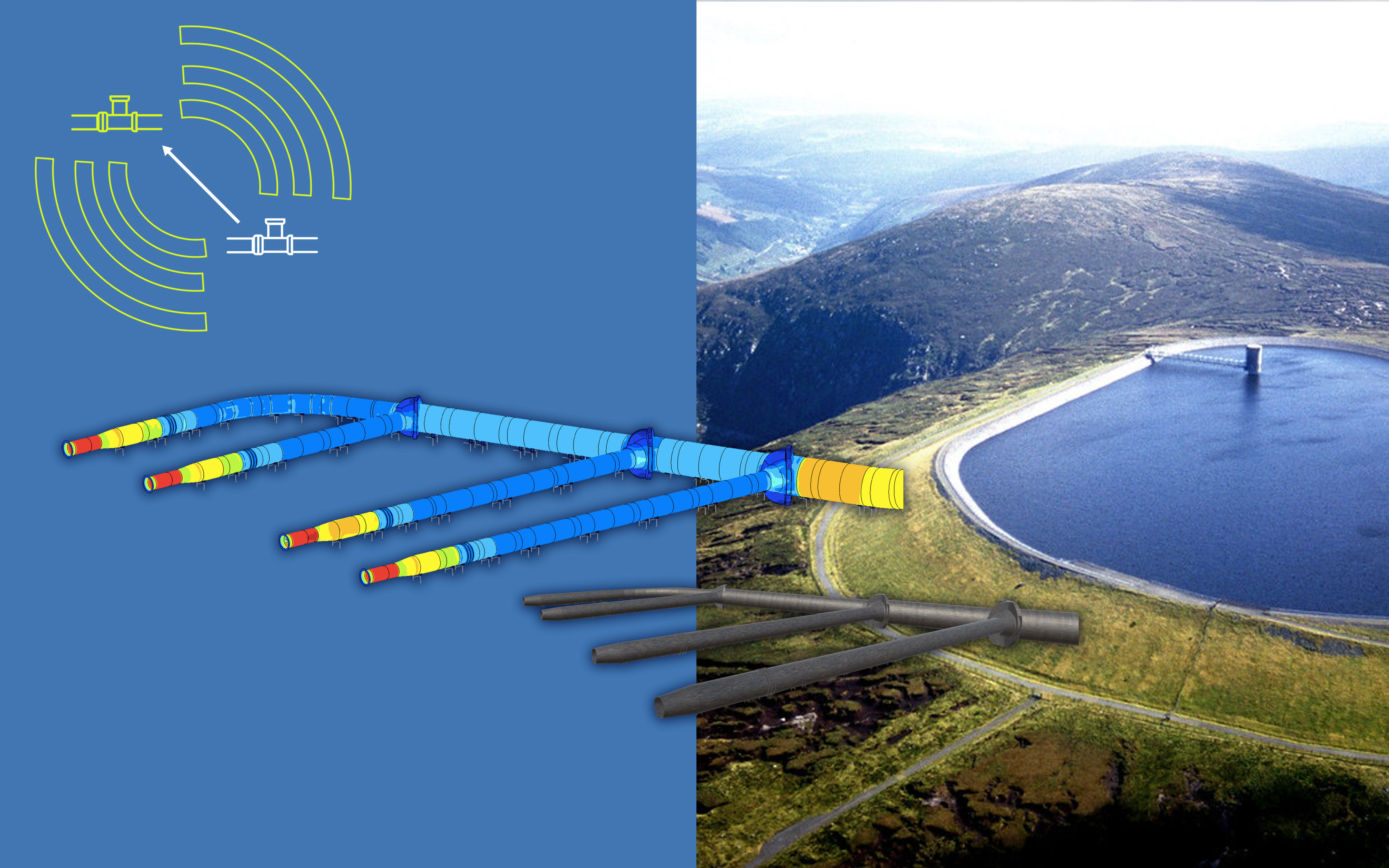668 results found
Featured results



More results
The use of public-private partnerships to design, build and deliver infrastructure worldwide has grown significantly in the past decade.

The Public-Private Partnership Legal Resource Center (PPPLRC) provides sample legal materials which can assist in the planning, design and legal structuring of any infrastructure project.

The Project Readiness Assessment (PRA) is a standardized tool managed and financed by the Global Infrastructure Facility (GIF).

This technical note provides an overview for authorities who wish to conduct flood hazard and risk assessments and who must develop a step-by-step plan for carrying out the assessment that is appropriate and feasible in the local context.




This paper answers three questions surrounding the reform of water supply services in Abidjan. What motivated reform in a system that was already performing well? How and why did the reform affect sector performance, and what additional changes might improve performance further? And what explains the relatively strong performance of Abidjan's water system?

The purpose of the Guidelines is to establish the types of socioeconomic evaluations that will be applicable to the investment programs and projects considered by the dependencies and entities of the Federal Public Administration.

The purpose of the Guideline is to establish the types of socioeconomic evaluations that are applicable to the mass urban transport investment projects.




The report provides policy and regulatory options for increasing effective use of existing fixed and mobile infrastructure as well as alternative infrastructure networks such as power grids and railroads.

The OECD Guidelines for Multinational Enterprises provides recommendations to businesses in the areas of disclosure; human rights; employment and industrial relations; environment; combatting bribery and more.

This toolkit is a resource designed to assist practitioners working on the next generation of PSP contracts for smaller water projects.

The 3PA consists of three pillars each of which represents a key dimension of quality project assessment providing a clear framework within which project proposals can be evaluated.

Practical solutions and models for addressing obstacles to institutional investment in infrastructure in developing countries WBG a note that considers the existing types of institutional investors and their potential for filling the infrastructure financing gap and more.
This report discusses whether public-private partnerships (PPPs) are better than conventional public provision and can ensure proper maintenance, timely expansion, and less congestion.

The study specifically examines whether power system size and coun¬try per capita income can be reliable indicators of initial conditions for guiding policy on power market structure.

The European Investment Bank (EIB) calculates the economic returns of its projects using internationally accepted methods.

This paper will describe the challenges in integrating wind and solar generation, the lessons learned, and recommended strategies from both operating experience and integration studies.
The OECD Principles for Public Governance of Public-Private Partnerships provide concrete guidance to policy makers on how to make sure that Public-Private Partnerships (PPP) represent value for money for the public sector.

The study evaluates the market, business and financial aspects for the development of telecom broadband access for the EIB's Mediterranean Partner Countries.





 View PPP Risk Allocation Tool website
View PPP Risk Allocation Tool website

